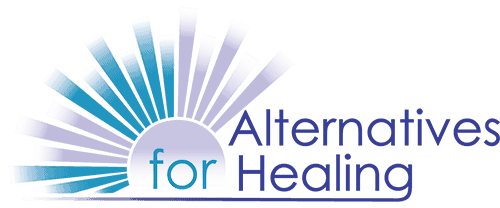by Dr. Glenn B. Gero, N.D., D.Sc., M.H., M.E.S., C.L.C.
It may surprise you that most of our nation’s chronic diseases such as heart disease, hypertension, diabetes, obesity and cancer, may be linked to physical inactivity.
Regardless of all of the magazine, television and newspaper reports touting the benefits of exercise, including First Lady Michelle Obama’s “Let’s Move” campaign, Americans don’t seem to be listening. According to a recent survey from Russell Research, 67% of Americans are overweight or obese and, according to the World Health Organization, physical inactivity is the fourth leading cause of death globally, with about 3.3 million deaths a year.
The American College of Sports Medicine (ACSM) warns this epidemic is resulting in tremendous cost and many integrative physicians and health care providers are taking aim to avert this crisis.
Making Physical Activity a Medical Priority
Healthcare organizations such as Kaiser Permanente now include a tab on each patient’s electronic medical record requiring member physicians ask patients how many minutes of physical activity are performed each week.
It is believed that when the discussion of physical activity is tied to a specific diagnosis or a disease, the patient is most receptive to making an affirmative change. A positive response is a victory for both the insurance provider and patient, as it both reduces healthcare costs and gives the patient back a higher level of functionality.
Benefits of Regular Exercise
- Reduces mortality and the risk of recurrent breast cancer by approximately 50%.
- Lowers the risk of colon cancer by more than 60%.
- Reduces the risk of developing Alzheimer’s disease by approximately 40%.
- Reduces the incidence of heart disease and high blood pressure by approximately 40%.
- Lowers the risk of stroke by 27%.
- Lowers the risk of developing Type 2 diabetes by 58%.
- Twice as effective as insulin in treating diabetes and can save $2,250 per person per year.
- Can decrease depression as effectively as drug therapy without the unpleasant side effects.
- Helps to control bodyweight.
- Helps to boost energy levels.
- Improves immunity.
- Improves your body posture.
- Helps relieve the pain of tension.
- Increases your level of muscle strength.
- Helps improve short-term memory in older individuals.
- Helps to relieve many of the common discomforts of pregnancy (e.g., backache, heartburn, constipation, etc.).
- Reduces your level of anxiety.
- Increases your level of muscle endurance.
- Increases bone density and structural resiliency.
- Helps to relieve constipation.
- Improves your mental alertness.
- Improves your physical appearance.
- Improves your self-esteem.
- Helps you to relax.
The bottom line on exercise
Could you imagine a single pill that afforded all of the aforementioned benefits? Exercise and physical activity are great ways to enhance energy, reduce health risks and increase your enjoyment of life. Choose an activity that you enjoy and aim to perform at least 30 minutes of physical activity every day. If you want to lose weight or meet specific fitness goals, you may need to exercise more. Remember to check with your doctor before starting any new exercise program, especially if you have any health concerns.
Dr. Glenn Gero is the director of the Holistic Naturopathic Center in Clifton. He is a licensed and board-certified naturopathic doctor, a board-certified biofeedback therapist, a registered nutritionist, a medical exercise specialist and has earned 20 certifications in holistic health and therapeutic exercise. He has completed advanced clinical training at Harvard Medical School where he is a member of the post-graduate association.
www.holisticnaturopath.com

